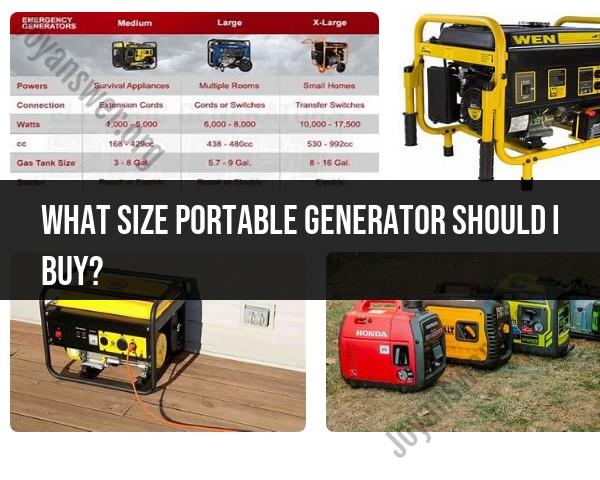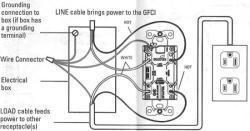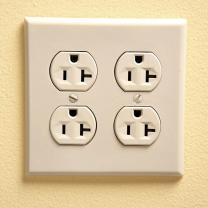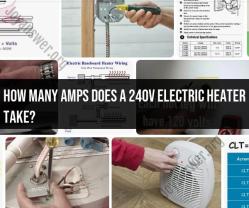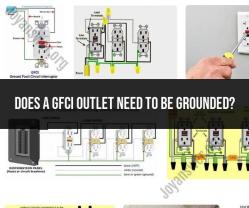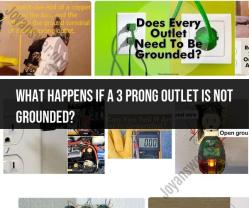What size portable generator should I buy?
Choosing the right size portable generator depends on your specific power needs and intended use. Portable generators come in a range of sizes, typically measured in watts, and selecting the appropriate size involves considering the following factors:
Power Requirements: The first step is to determine the essential appliances and equipment you want to power during an outage. Make a list of these items and find their power consumption in watts. Some appliances have labels or nameplates that indicate their power usage.
Starting and Running Wattage: Keep in mind that some appliances, particularly motors in devices like refrigerators and air conditioners, require more power to start (starting wattage) than they do to run continuously (running wattage). Your generator should be able to handle the starting wattage of these devices.
Total Wattage: Once you have identified the starting and running wattage of your appliances, add them up to find the total wattage you'll need from the generator. Make sure the generator you choose can handle this total wattage comfortably.
Extra Capacity: It's a good idea to have some extra capacity in your generator to accommodate unexpected power needs or to run additional equipment in the future. A 20% to 25% buffer is typically recommended.
Fuel Type: Portable generators are available in different fuel types, including gasoline, propane, and diesel. Consider the availability of your chosen fuel type and your preferences.
Noise Level: The noise level of a generator can be an important consideration, especially if you plan to use it in a residential area. Inverter generators are generally quieter than traditional open-frame generators.
Portability: If you need to move the generator frequently or plan to use it for outdoor activities, consider the size and weight. Smaller, more portable models are easier to transport.
Run Time: The run time of a generator depends on its fuel tank size and fuel efficiency. Consider how long you need the generator to run continuously without refueling.
Safety Features: Look for safety features like circuit breakers and low-oil shutoff to protect your appliances and the generator itself.
Budget: Portable generators come in various price ranges. Consider your budget and try to find a balance between your needs and what you can afford.
Here's a general guideline for common generator sizes:
2,000-4,000 watts: These are suitable for running a few essential appliances and lights during a power outage.
5,000-7,000 watts: This range can power multiple appliances, including refrigerators, sump pumps, and some smaller air conditioners.
8,000-12,000 watts: These generators can handle larger households with more appliances and can power a central air conditioning system.
Keep in mind that your specific requirements may vary, so it's essential to do a thorough assessment of your needs before purchasing a portable generator. If you're uncertain about the right size, consult a professional or the manufacturer for guidance.
Choosing the Right Size Portable Generator: A Buyer's Guide
Portable generators can be a lifesaver during a power outage or when you need power in a remote location. But with so many different sizes and models on the market, it can be tough to know which one is right for you.
Here are a few things to consider when choosing a portable generator:
- Power needs: The first step is to determine your power needs. What appliances and devices do you need to power? How many watts do they use? You can find this information on the appliance or device label.
- Generator type: There are two main types of portable generators: inverter generators and conventional generators. Inverter generators are quieter and more fuel-efficient than conventional generators, but they are also more expensive.
- Features: Portable generators come with a variety of features, such as electric start, remote start, and multiple outlets. Consider which features are important to you and choose a generator that has them.
- Budget: Portable generators can range in price from a few hundred dollars to several thousand dollars. Set a budget before you start shopping so that you don't overspend.
Sizing Up Your Power Needs for Portable Generator Selection
To size up your power needs, add up the wattage of all the appliances and devices you plan to power at the same time. Be sure to add in a safety margin of 20-30%. This will ensure that your generator has enough power to handle all of your needs.
For example, if you need to power a refrigerator, freezer, and microwave at the same time, you would need a generator with a minimum output of 3,000 watts.
Portable Generator Capacities and Their Applications
Portable generators come in a variety of capacities, from a few hundred watts to several thousand watts. The capacity of a generator determines how many appliances and devices it can power.
Here is a general guide to portable generator capacities and their applications:
- Small generators (1,000-2,000 watts): Small generators are ideal for powering essential appliances and devices during a power outage, such as a refrigerator, freezer, and lights.
- Medium generators (2,000-4,000 watts): Medium generators can power a wider range of appliances and devices, such as a refrigerator, freezer, microwave, and air conditioner.
- Large generators (4,000+ watts): Large generators can power multiple appliances and devices, such as a refrigerator, freezer, microwave, air conditioner, and washer and dryer.
Making Informed Decisions for Home and Outdoor Power
When choosing a portable generator for home use, it is important to consider the following factors:
- Noise level: Inverter generators are quieter than conventional generators, making them a good choice for home use.
- Fuel efficiency: Inverter generators are also more fuel-efficient than conventional generators, which can save you money in the long run.
- Portability: If you need to be able to move your generator around easily, choose a lightweight and compact model.
When choosing a portable generator for outdoor use, it is important to consider the following factors:
- Durability: Choose a generator that is durable and can withstand the elements.
- Power output: If you need to power multiple appliances and devices, choose a generator with a high power output.
- Run time: Consider how long you need your generator to run on a single tank of fuel.
Personal Experiences and Advice on Portable Generator Size
Here are some personal experiences and advice on portable generator size:
- "I have a 2,000-watt generator that I use to power my refrigerator, freezer, and lights during power outages. It's the perfect size for my needs."
- "I have a 4,000-watt generator that I use to power my refrigerator, freezer, microwave, air conditioner, and washer and dryer during power outages. It's a bit overkill, but I like having the extra power."
- "I have a 2,500-watt inverter generator that I use for camping and other outdoor activities. It's quiet and fuel-efficient, and it has enough power to run my essential appliances and devices."
When choosing a portable generator, it is important to consider your individual needs and budget. Be sure to do your research and read reviews before you make a purchase.
